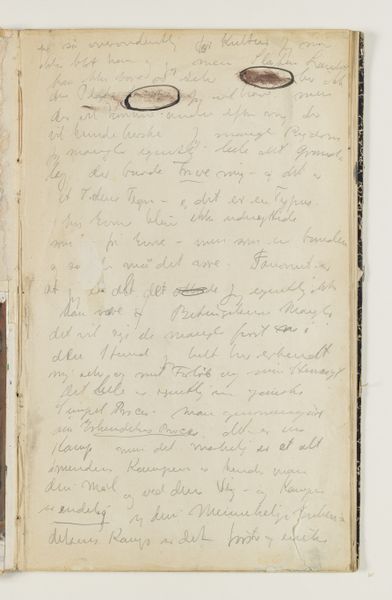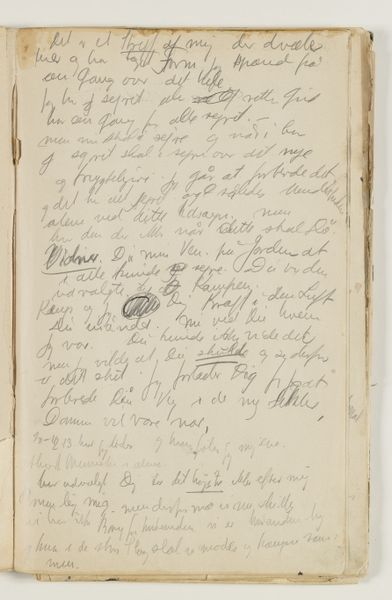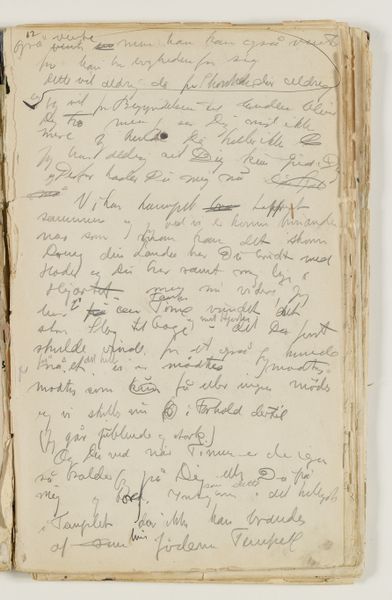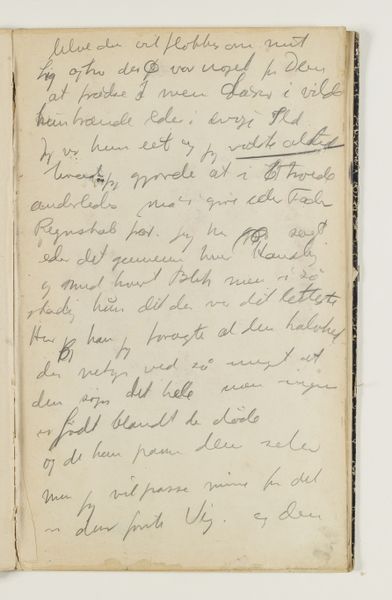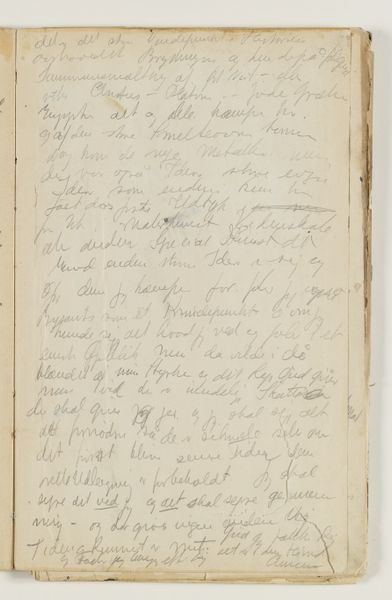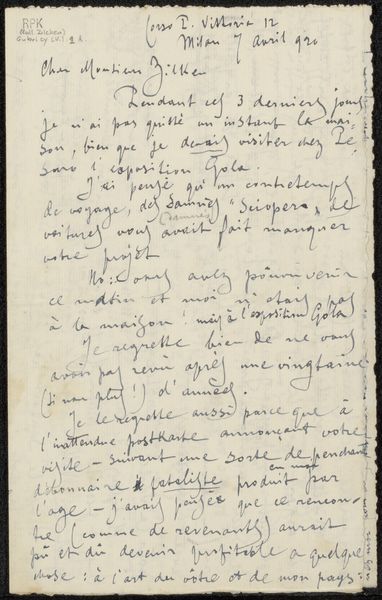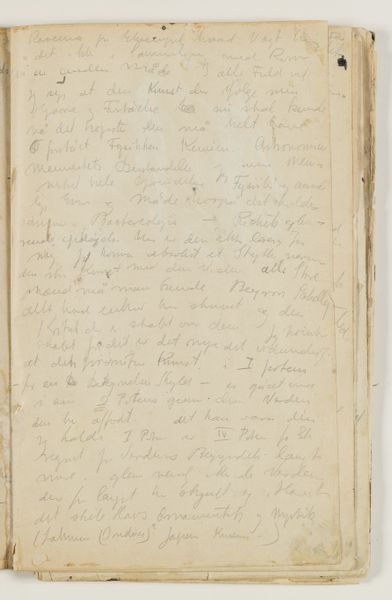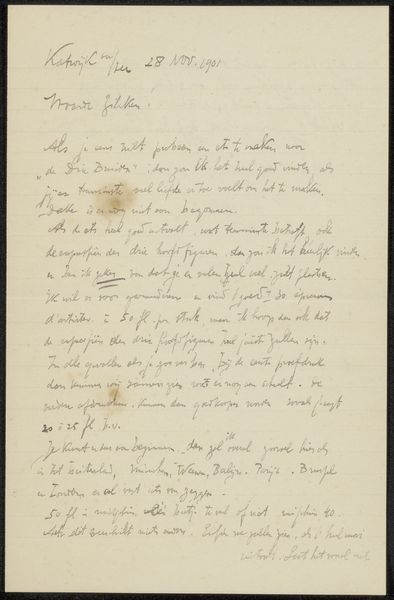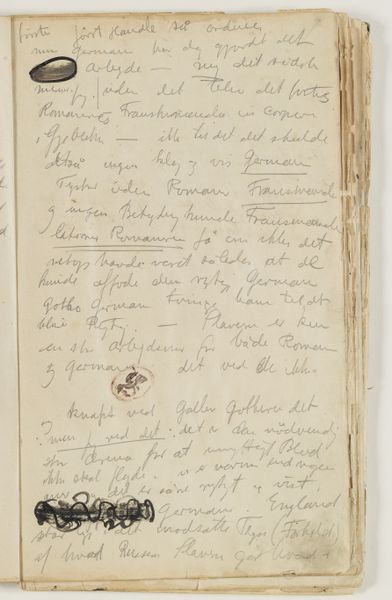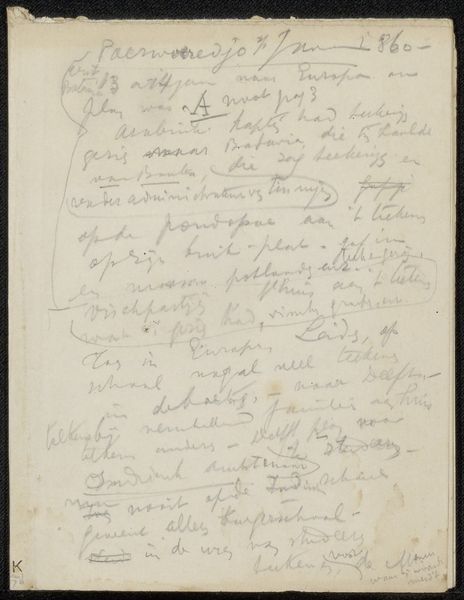
Anslag i fortællende form til en diskussion om "selve de Ting ... der er de egentlige". F.n. studie af underkrop samt af et ben, formentlig efter Tintoretto 1913 - 1914
0:00
0:00
drawing, paper, pencil
#
portrait
#
drawing
#
paper
#
pencil
#
academic-art
Dimensions: 337 mm (height) x 207 mm (width) (bladmaal)
Curator: So, what are your first impressions of J.A. Jerichau's "Anslag i fortællende form til en diskussion om 'selve de Ting ... der er de egentlige'. F.n. studie af underkrop samt af et ben, formentlig efter Tintoretto", a pencil drawing from 1913-1914? Editor: It's interesting! I'm struck by its rawness, like a page torn straight from a sketchbook. What does this drawing, referencing Tintoretto and featuring studies of the lower body, tell us? Curator: I see this as more than just a technical study. The fragmented bodies and accompanying philosophical musings feel incredibly relevant even today. Editor: How so? Curator: Consider the time. Pre-World War I, a period of intense social and political upheaval. These isolated limbs, juxtaposed with fragmented text referencing heavyweights like Plato and Aristotle, could be a reflection on a society grappling with its own fractured identity. Jerichau seems to be dissecting not just the body, but also the very foundations of knowledge and being. Does the reference to Tintoretto add another layer? Editor: Possibly...as a nod to art history and maybe even questioning those traditions? A kind of dialogue? Curator: Exactly. It invites us to think about how the artistic traditions of the past can inform our understanding of the present, but also to challenge and re-evaluate them in light of contemporary social concerns. It is an intersectional consideration of gender, history and politics. What do you think about how Jerichau’s note about “the Things which are most proper” sits alongside this drawing? Editor: This makes me see the work as less about anatomical accuracy and more about using the body as a language to explore philosophical questions during turbulent times. I never would have seen that before! Curator: Absolutely. And hopefully, this understanding encourages a deeper engagement with how art reflects and shapes the conversations we have about ourselves and the world.
Comments
No comments
Be the first to comment and join the conversation on the ultimate creative platform.
